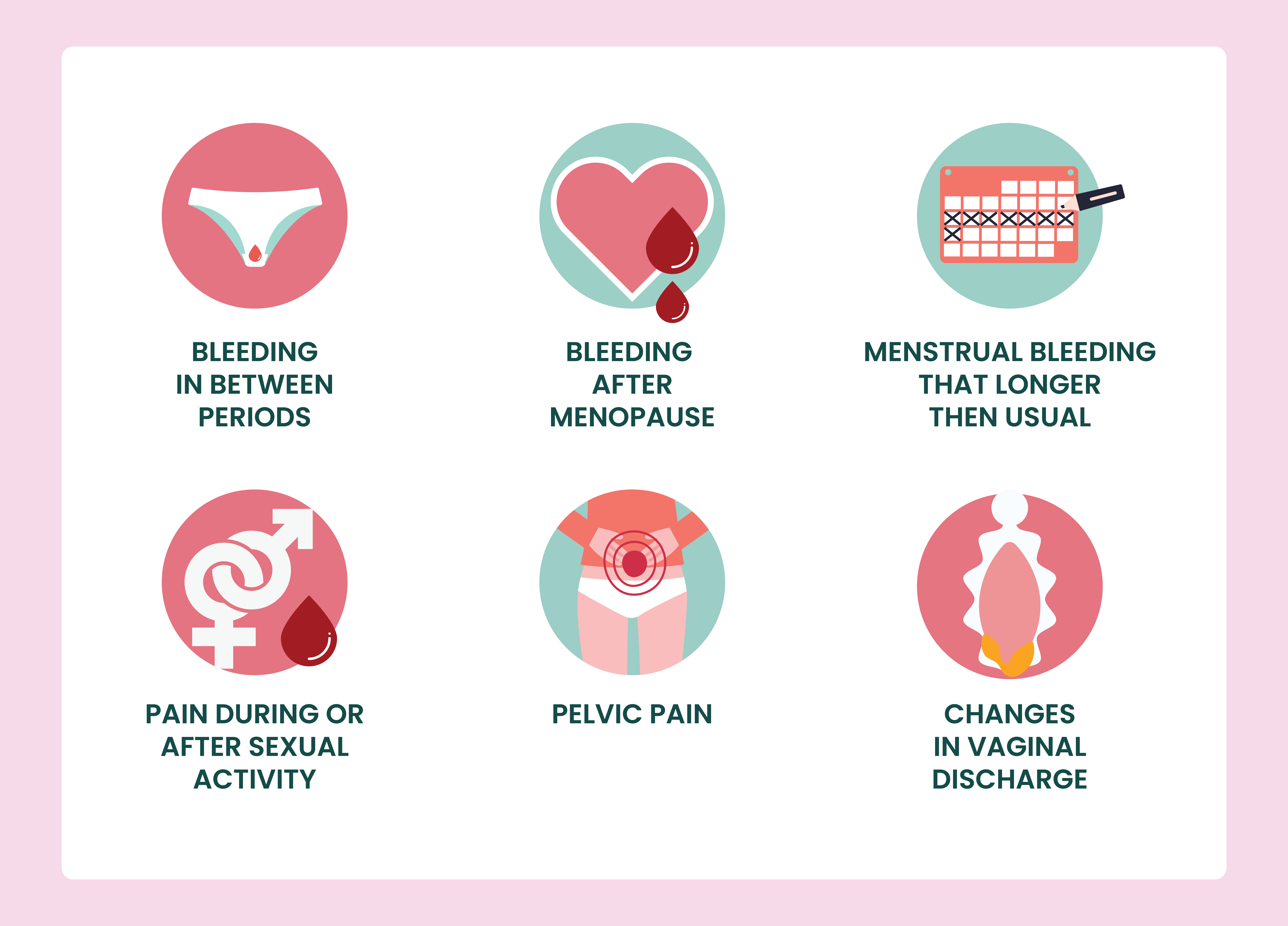
These similar symptoms can also be seen in other illnesses, however if any of the symptoms continue, consult Dr. Manasi Shah, the best cancer specialist in Ahmedabad.

If cervical cancer is discovered, it will be graded, going from stage 1, which indicates that abnormal cells are only present in the cervix's tissue, to stage 4, which indicates that the disease has progressed to the lung, liver, or bones in addition to the pelvis.
Choice of treatment varies according to illness stage. Treatment for non-bulky, early illness (less than 4 cm and node negative) involves surgery, followed occasionally by chemoradiation therapy.
A combination of chemotherapy and radiation therapy is utilized for locally advanced illness.
Treatment options for metastatic illness include chemotherapy, targeted therapy, immunotherapy and palliative care.